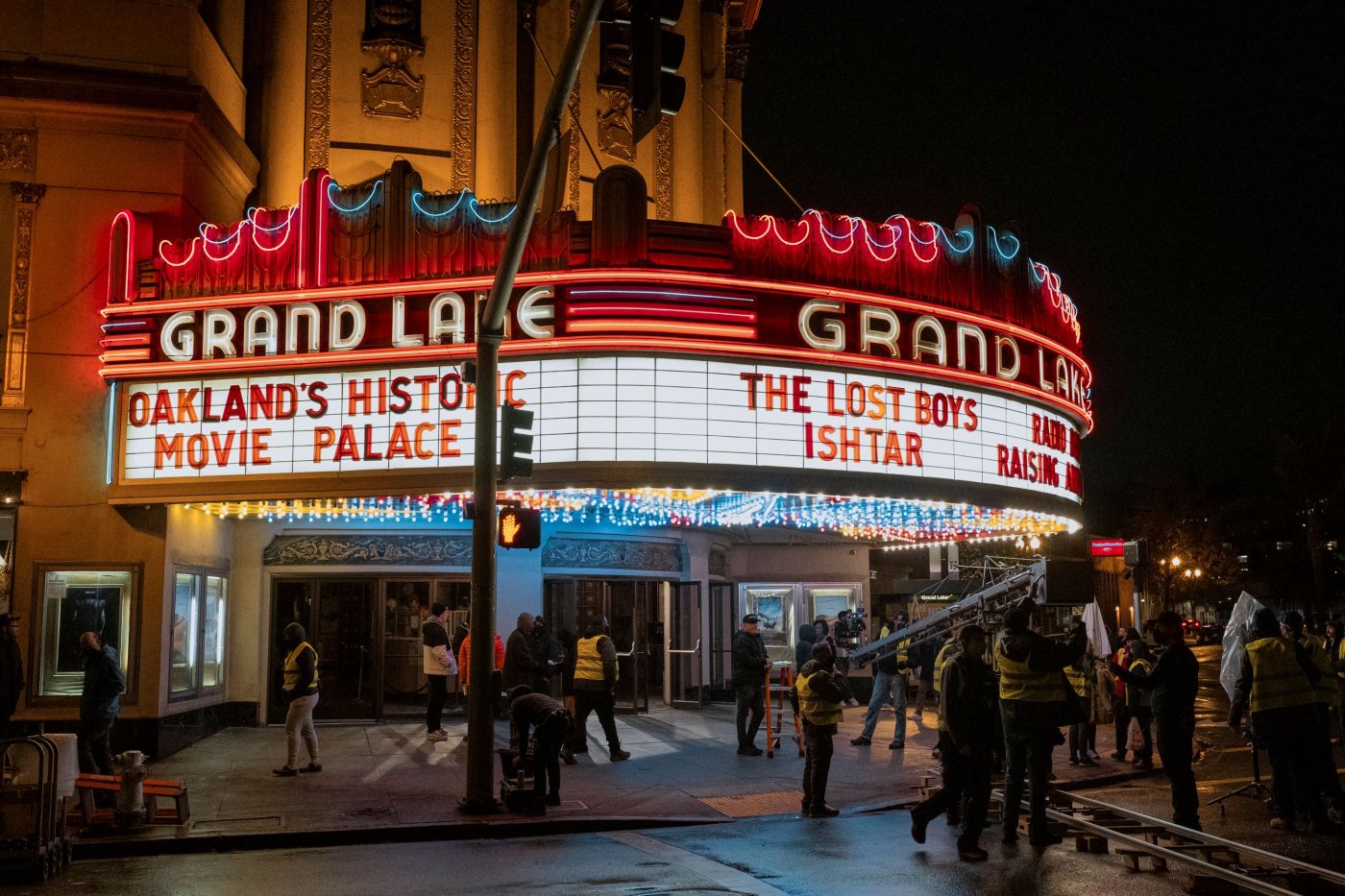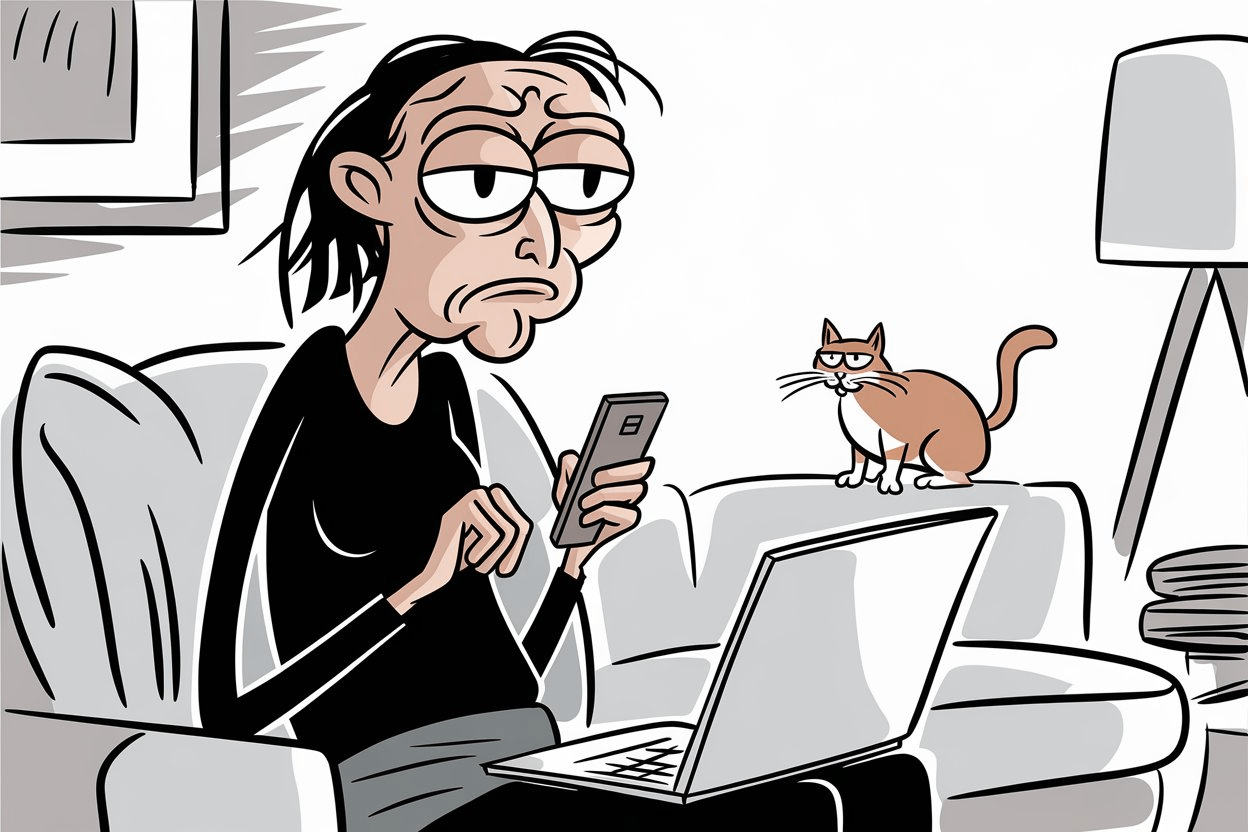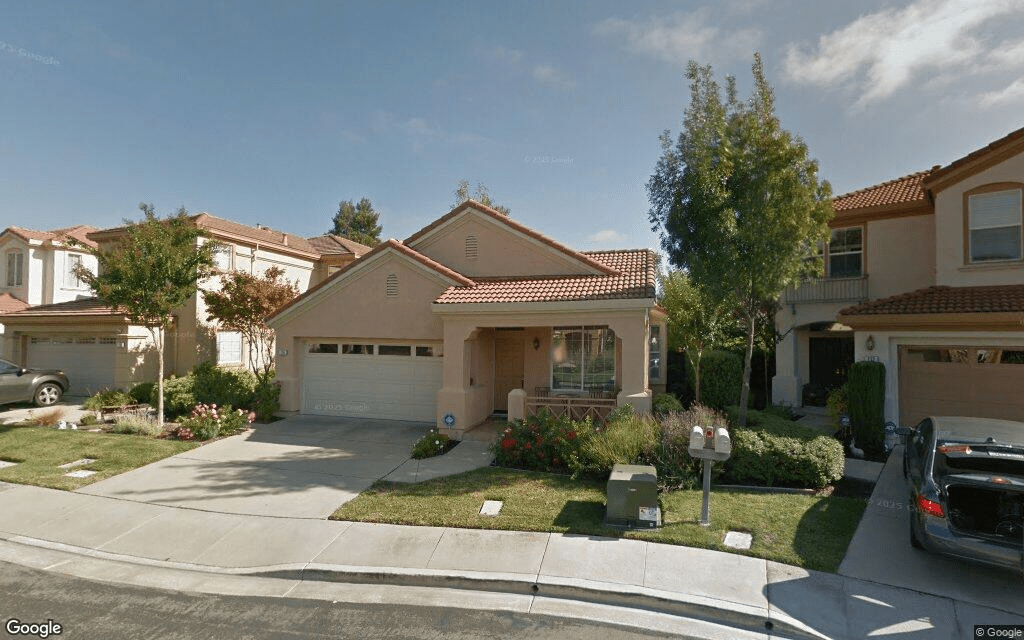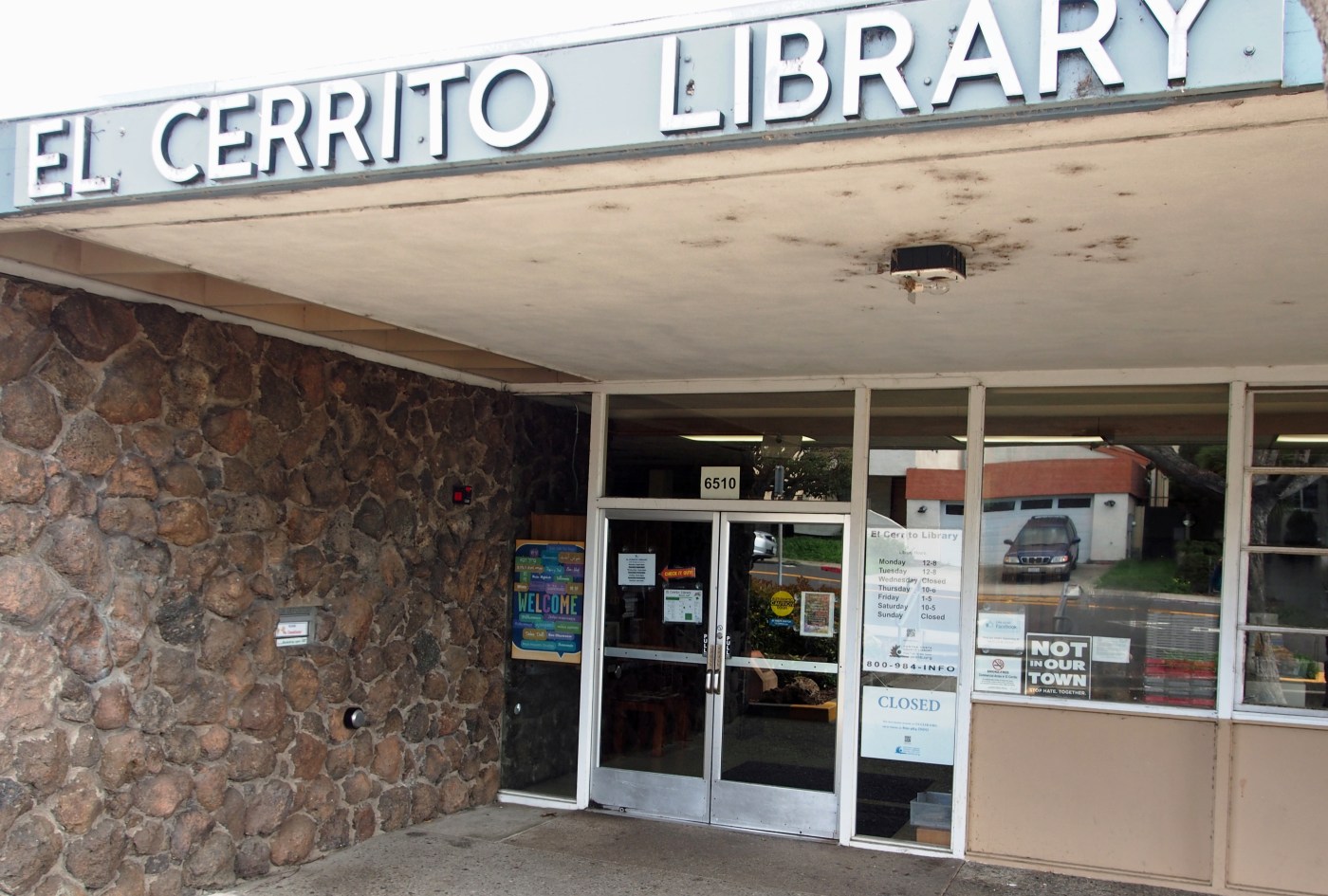Oakland has been through a lot in recent years, losing a sports legend and a beloved actor — not to mention two sports franchises.
Perhaps one way to cope is to escape to the movies, or one particular movie, where you can hoot and holler as a bunch of East Bay teen punks give a whuppin’ to neo-Nazis outside the 924 Gilman Street music club. If that doesn’t pep you up, how about cheering on a fictionalized version of Golden State Warriors legend Eric “Sleepy” Floyd as he slam-dunks some really rotten guys?
You get all that craziness and more — along with belts of real history and nostalgia — throughout “Freaky Tales,” the anxiously awaited spring movie release a rowdy, gory walk on the wild side set in 1987 Oakland. Written and directed by the filmmaking duo Ryan Fleck and Anna Boden (“Half Nelson,” 2019’s “Captain Marvel”), this big fat smooch to The Town opens Friday in area theaters and connects its plot dots through four storylines, some loosely rooted in the truth.
“I think Oakland needs this movie right now,” the Berkeley-born Fleck said during an interview with Boden at one of the film’s star locations — the venerable Grand Lake Theatre.
“The city’s gone through some tough times. We lost Rickey Henderson, Angus Cloud (the late “Euphoria” star who appears in the film). We just lost a lot of people … the Oakland A’s. I think (this film) is just a celebration.”
And how. “Freaky Tales” made a splashy debut at the Sundance Film Festival in 2024 and last month received rounds of high-fives from an enthusiastic crowd gathering for a special screening held at the Grand Lake. The East Bay red carpet brought out local icons including rapper Too $hort and Sleepy Floyd, along with stars Pedro Pascal, Jay Ellis, Ben Mendelsohn and more.
“Freaky Tales” recaptures the vitality and creative might of Oakland while also celebrating the genre filmmaking that became all the rage in the VHS age. A prevailing love for Oakland gets mixed in with a surrealist tinkering of key figures, local events and locations as storylines jump from a rap showdown between two female ice cream shop workers and Too $hort (played by rapper Symba, a Berkeley native) and some wild Tarantino-level shenanigans involving Sleepy Floyd (played by Ellis). Too $hort — whose 1987 song lends the film its title — narrates and pops in for a cameo while Floyd – who now lives in North Carolina — also has a cameo.
One of the film’s brightest smiles comes in a scene where Pascal’s debt collector character enters a local video store where he engages in a hilarious conversation with a movie-loving clerk, played by Concord native Tom Hanks.
Pascal says shooting that scene was a professional and personal highlight.
“Not only was I with Tom Hanks, but I was on a set that was a mockup of a real VHS rental store that I grew up going to. I cannot tell you about the embarrassing amount of time I spent in VHS stores. It was sort of like my dream landscape as a child. … I knew every single movie that was on all the shelves. I was identifying all of the Tom Hanks movies that were on the shelves of this set while doing a scene with Tom Hanks. It was kind of like a nostalgic ecstasy.”
Pascal fondly remembers Hanks pointing out a few spots around Oakland the actor knows well, at one point telling Pascal: “I got my ass kicked on that corner.’”
Oakland has become a hotbed for creative, outside-of-the-box filmmaking. A few of the movies that have set there include Oakland director Ryan Coogler’s 2013 debut “Fruitvale Station,” 2018’s “Blindspotting” from East Bay natives Rafael Casal and Daveed Diggs and Boots Riley’s surreal 2018 comedy-drama “Sorry to Bother You,” with LaKeith Stanfield. To generate even more Bay Area scripts, Casal and The Black List have created the Bay List, a project aimed to highlight the top 10 scripts from the Bay Area screenwriting community. Boden and Fleck are involved in that as well.
Everyone behind and in front of the camera of “Freaky Tales” gets a bit nostalgic, since this film dives into an East Bay way of being, but it does have some sharp edges to it.
Why, though, is it set in 1987 Oakland? Two words: Sleepy Floyd.
“It’s a confluence of reasons that really stems around that 1987 Sleepy Floyd game (a wild Lakers-Warriors playoff game in which Floyd scored a stunning 51 points),” said Fleck, a huge booster of Bay Area sports teams. His passion is such that he wrote a lively, personal Mercury News commentary that urged A’s owner John Fisher not to leave Oakland high and dry. (Fleck, who attended Diablo Valley College in Pleasant Hill before moving on to New York University’s Tisch School of the Arts, remains outraged as ever about the A’s leaving the Bay Area.)
“I listened to the (Lakers/Warriors) game on the radio and heard (Warriors sports commentator) Greg Papa’s play-by-play, where he actually called Sleepy Floyd ‘Superman,’” recalls Fleck. “That was just ringing through my head for years after.”
Boden heard her filmmaking collaborator pitch various iterations of “the story about a kid in the Bay Area in the ‘80s” for more than a decade and then helped him turn it into “four stories that are all about these different underdogs in the East Bay that collide in this genre, mix tape, mash-up, action-packed kind of way,” she said.
The first tale was inspired by an actual incident where 924 Gilman Street patrons faced off against a group of skinheads in a David vs. Goliath moment, she said. The final Floyd storyline takes the “Superman” moniker and runs off with it in gory ways.
Since the plot hinges on a few real-life personalities and thrusts them into unique and — in the case of Sleepy Floyd — absurd situations, it would be easy to assume that not everyone would hop aboard in an instant.
But everyone did. East Bay rapper Too $hort, who still lives in the East Bay, didn’t hesitate.
“He was on board from day one,” Fleck said. “As soon as we told him what this was and what we wanted to do, he said ‘Cool, let’s do it.” In fact, the influential musician went on to serve as an executive producer.
“We were a little more nervous about approaching Sleepy given where we take (his story).”
They didn’t need to be.
“He was super friendly and supportive,” Fleck said.
Floyd took the call with Fleck and Boden to discuss the film after he said he received a message via LinkedIn from the studio.
“I was just blown away because I had no idea what the call would be about,” Floyd recalls. “They gave me the basis of the movie and that it was going to be based on the 1987 game with the Warriors. I didn’t realize I would be killing people exactly,” he said, laughing. In the film, Floyd is also the celeb spokesperson for Psytopics, an East Bay cult-like spiritual center.
The experience of being a part of the film and coming back to the Bay ushered in some great memories for him.
“It makes me feel good and proud,” Floyd said. “To be able to have a moment that still lives today in people’s psyche and memory … . It kind of brings that game, that night, back to life. Because as you get farther and farther away from it, it’s just a memory and a stat.”
Floyd also gets nostalgic about what it was like for him to be on the home team and play at the Oakland Coliseum. (The night before the Grand Lake premiere, Floyd and others on the film attended a Warriors game in San Francisco. He and Too $hort reminisced about when the Warriors played in Oakland.)
“We were talking courtside last night and it just felt like family there (at the Oakland Coliseum),” he said, while praising the Warriors’ new digs at the Chase Center. “But you knew the ushers. You knew the people in the parking lots. You develop relationships with those people over the years. You lose that. I’m sure they’re gaining all of that back. But we were just reminiscing about the old Oracle Arena and how fun it was.”
What was particularly fun for Fleck was to plunk the stories in actual locations that hold fond, personal meaning to him, even if the original businesses are no longer there — such as the Loard’s Ice Cream on MacArthur Boulevard or Sweet Jimmie’s club and gathering spot, home now to The New Parish.
Although “Freaky Tales” is Town-centric, the filmmakers see it having broad appeal even though Bay Area audiences might pick up on allusions others might miss.
“The intention was for people everywhere to come into the movie and have a good time. That’s No. 1,” Fleck said. “But yes, for the Bay Area people there are a lot of Easter eggs.”
For that reason and others, “Freaky Tales” is a type of film best experienced with a crowd in movie theaters, Boden said.
“Look we admit, not all our movies have been big rambunctious crowd pleasers where you have a whole audience screaming and applauding and laughing. But this movie is like an infectious experience to see with other people.





